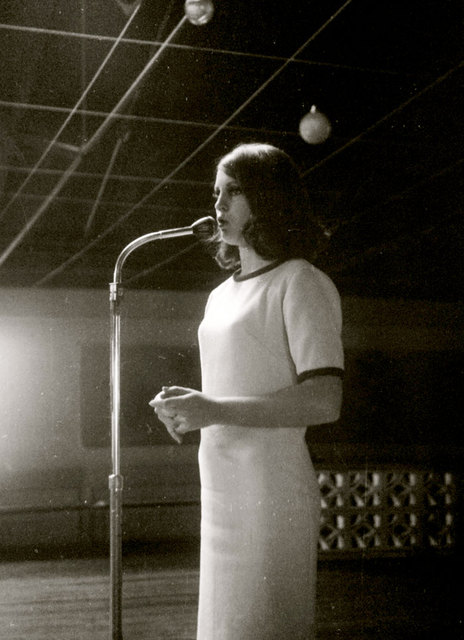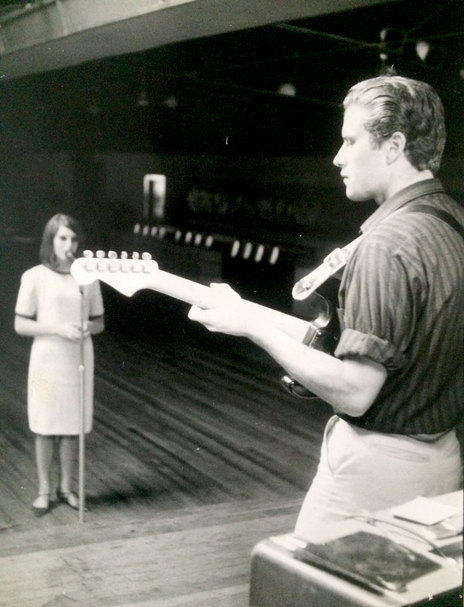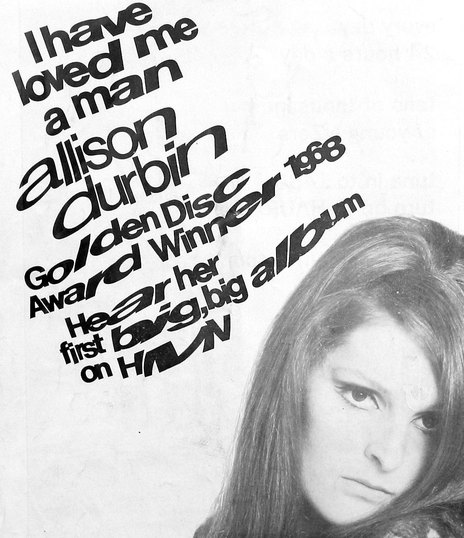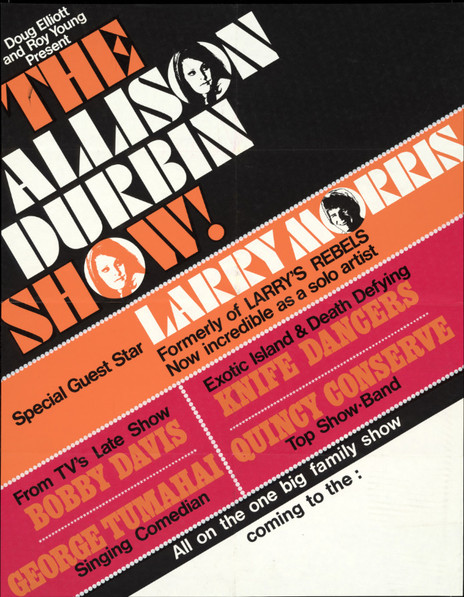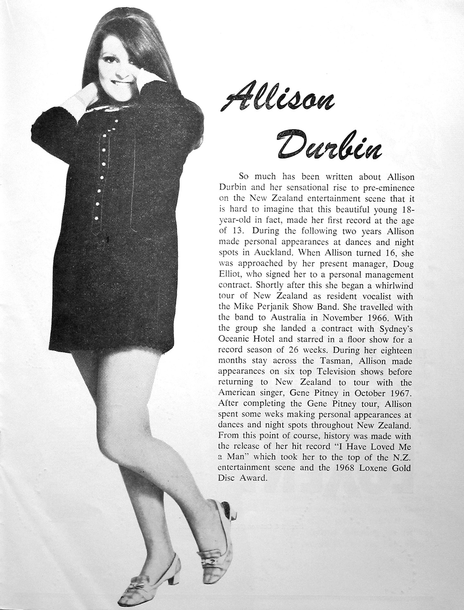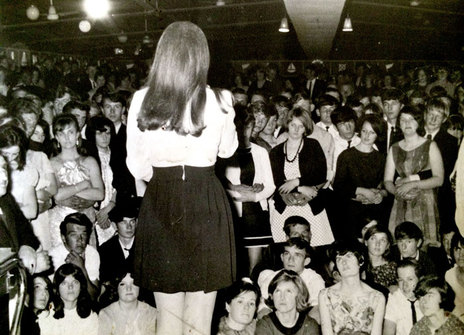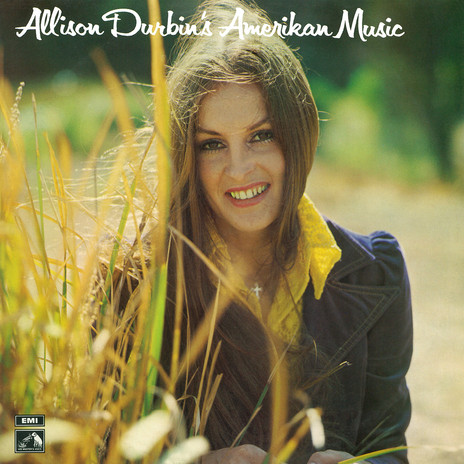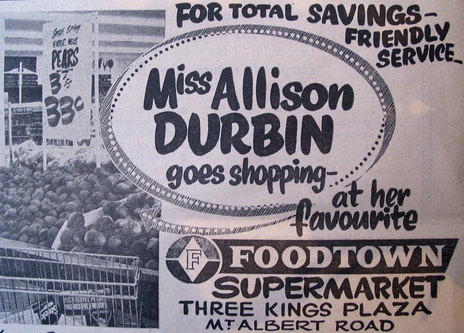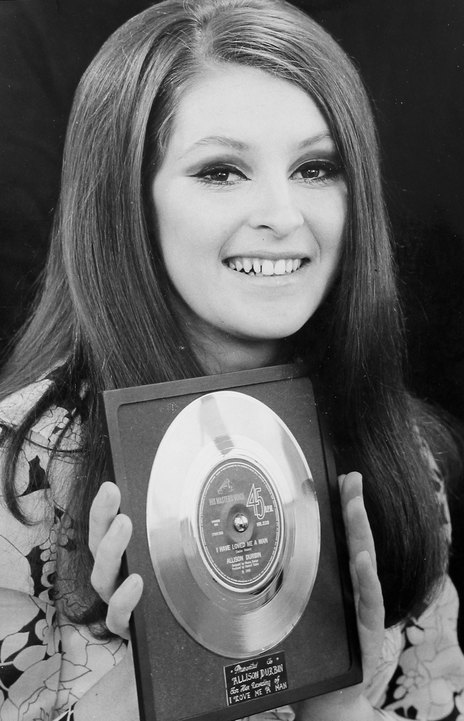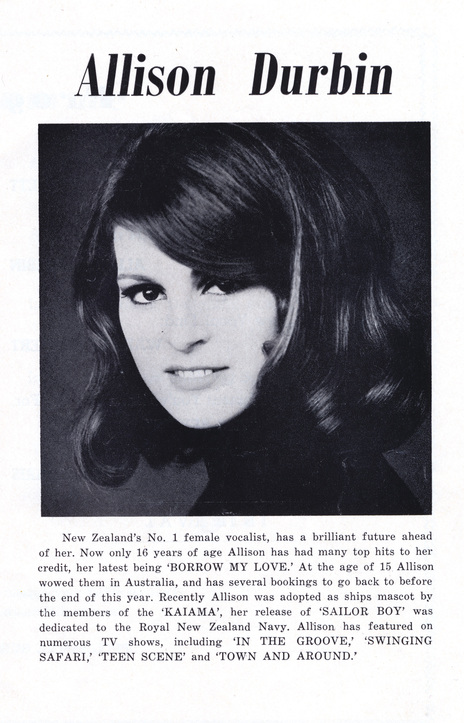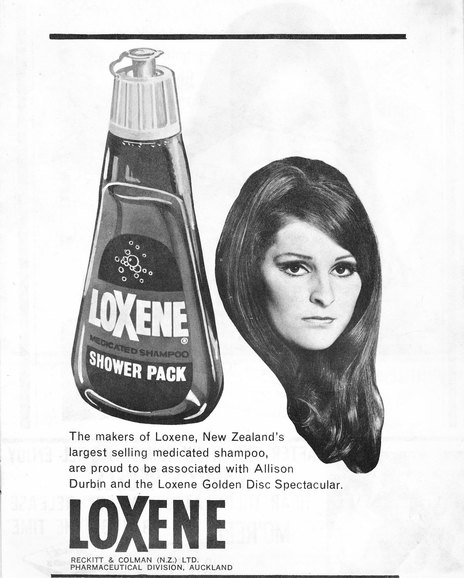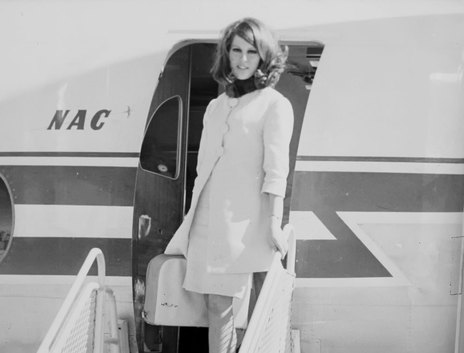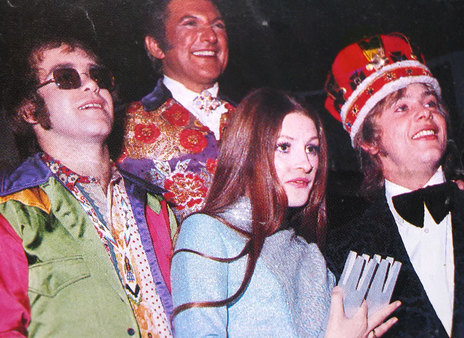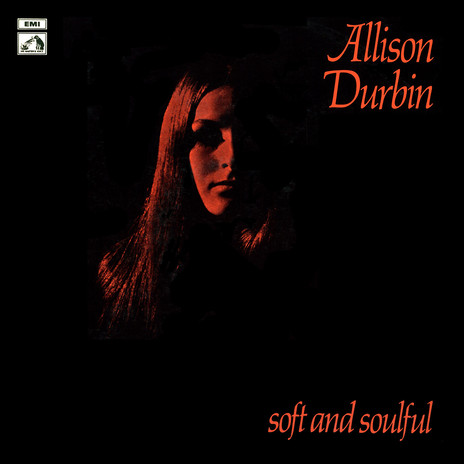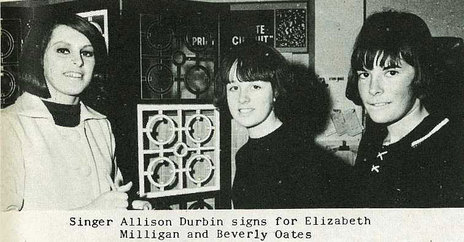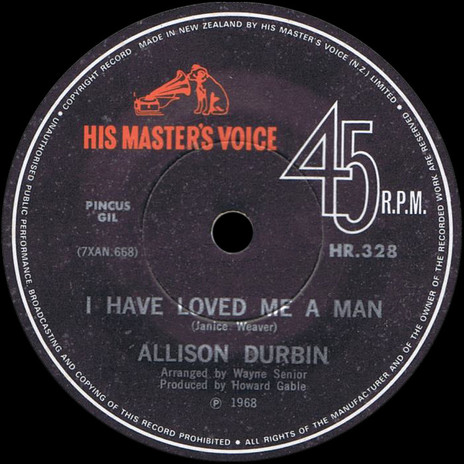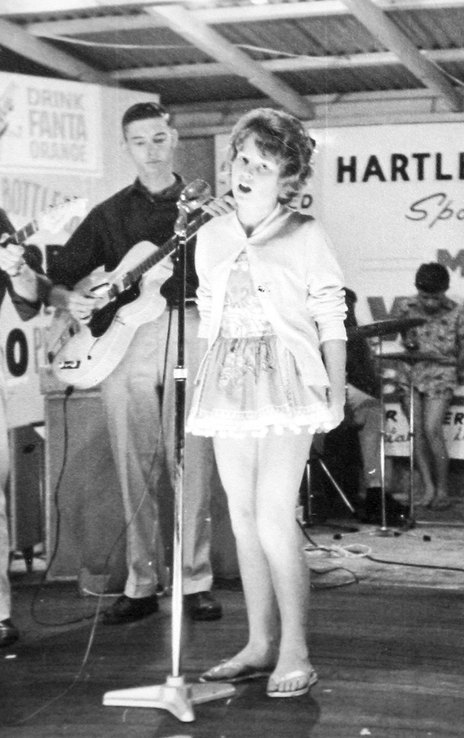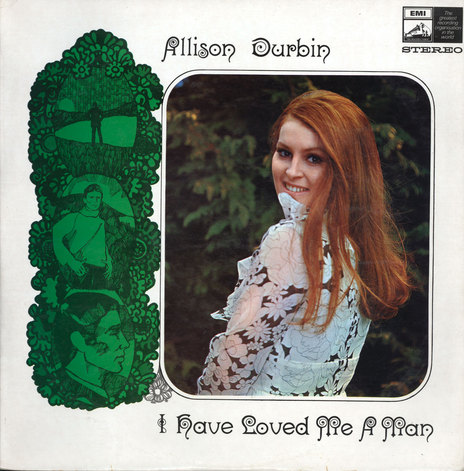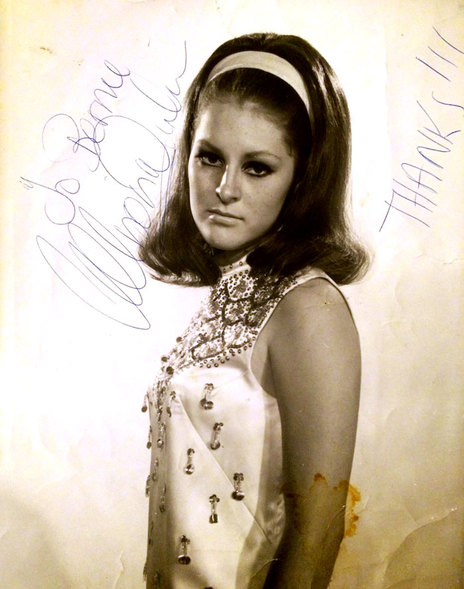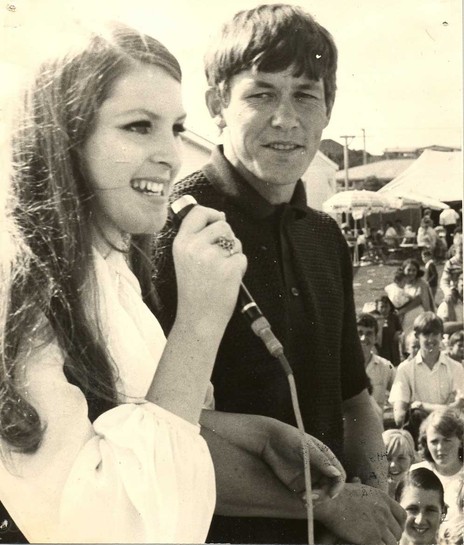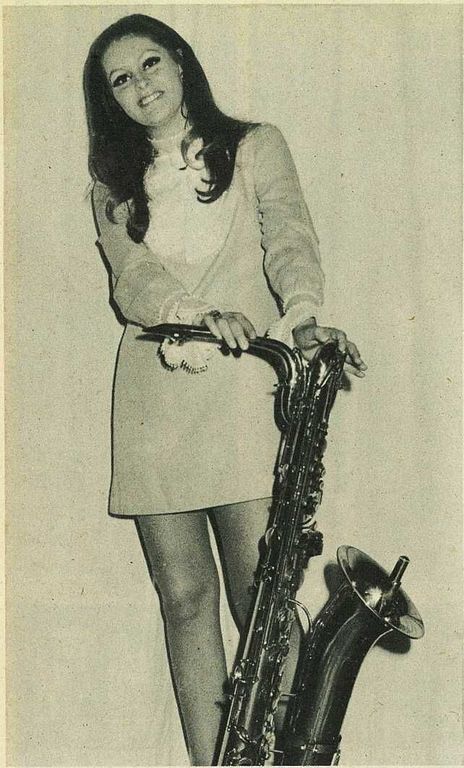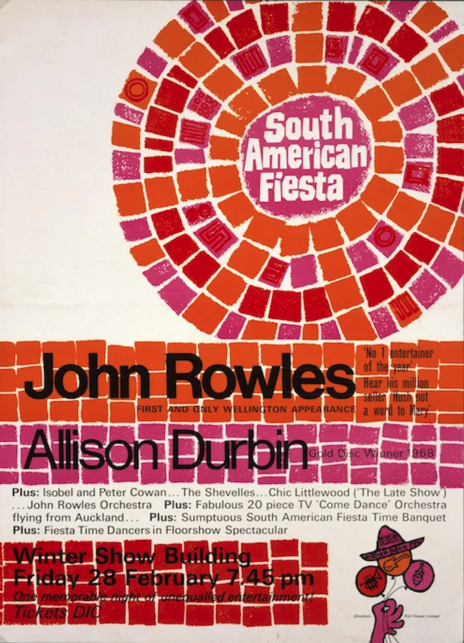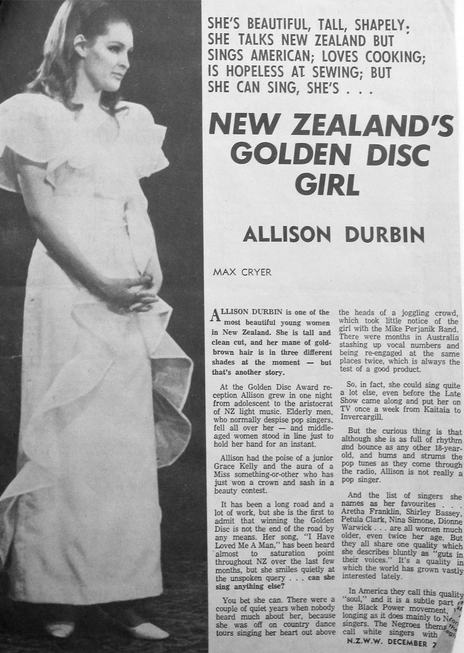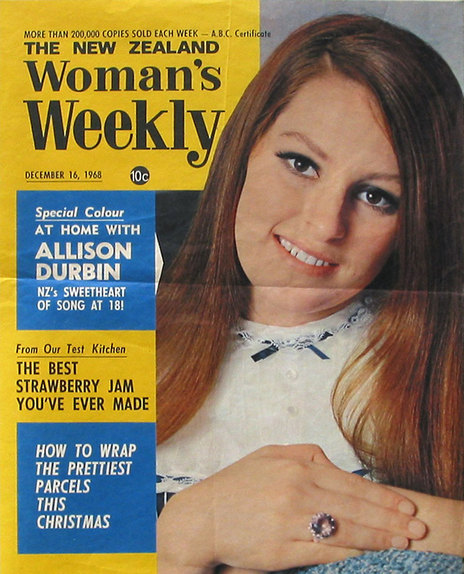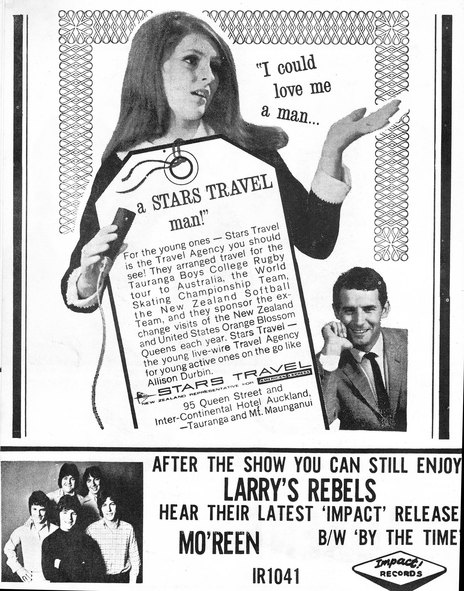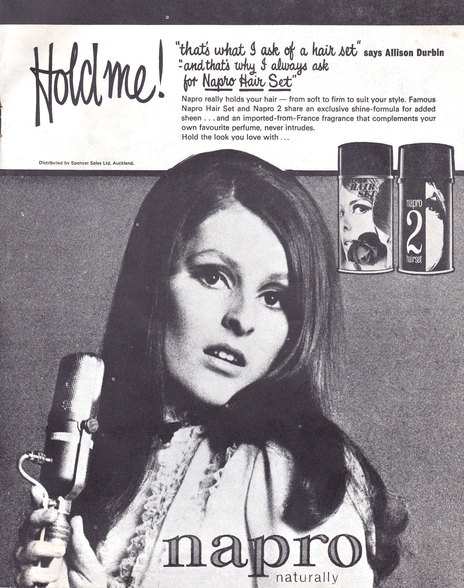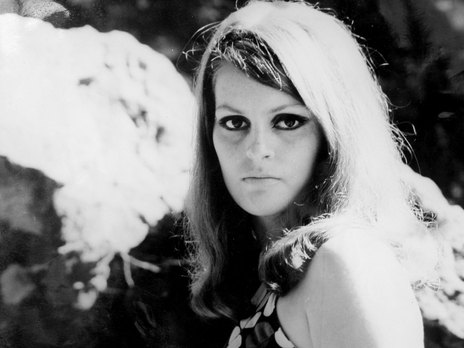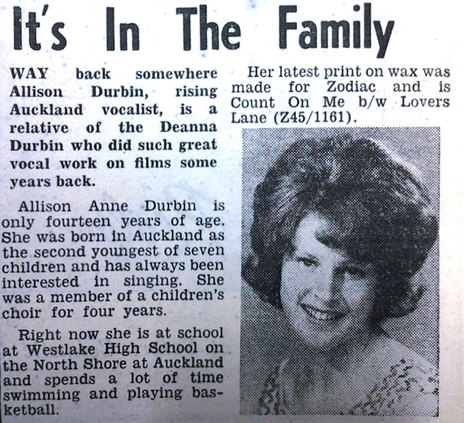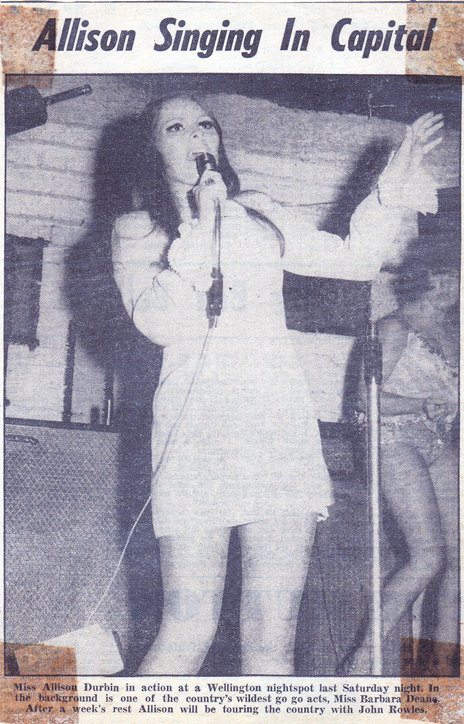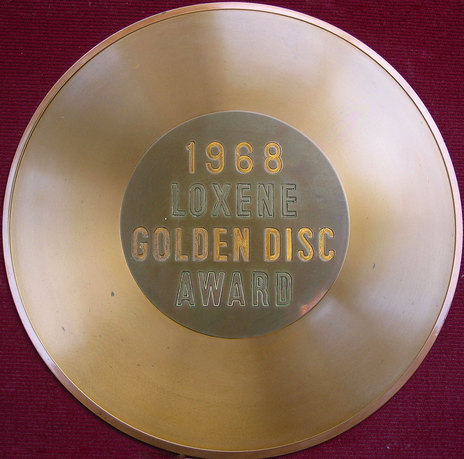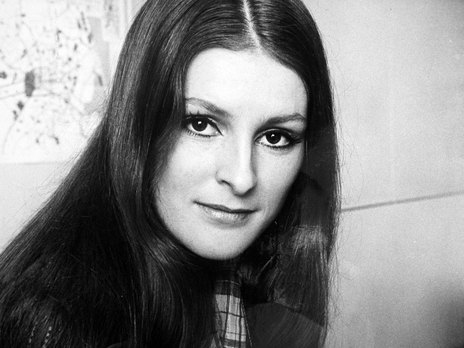With production credited to Howard Gable, the HMV A&R manager who would later become her husband, Durbin takes the Janice Weaver song, originally recorded by Morgana King, and sends it into the stratosphere.
‘I Have Loved Me A Man’ reached No.1 on the local charts and would win the Loxene Golden Disc that year.
The lyrics, with their competitive quasi-Freudian incest scenario (“I have loved me a man like my Momma did’) are crisply enunciated. Morgana King’s rounded tones have been replaced by Durbin’s energy and cleaner vocalisation – changing "bear" in "I will bear him a child" to the smoother "beh" is just a minor example. It is backed with a classic uncluttered arrangement and a slight overlaying of organ and backing vocals to give it depth. The song became the biggest selling release by a New Zealand recording artist in 1968.
‘I Have Loved Me A Man’ reached No.1 on the local charts and won the Loxene Golden Disc that year. On its back, Durbin became the New Zealand Entertainer of the Year in 1969 and went on to receive Australia’s "Queen Of Pop" award for Best Female Artist for 1969, 1970 and 1971.
But these years would be Durbin’s most enduring musical legacy. Her career would subsequently dissolve in a string of drug convictions, rehab, imprisonment, and trans-Tasman notoriety.
Beginnings
Born in Auckland 24 May 1950, by the age of five Durbin was singing in the Uncle Tom’s Friendly Road Children’s Choir, a group organised by Methodist preacher Thomas Garland, which featured regularly on Radio 1ZB. Her first solo performance was at a Waihi Beach talent quest in 1959 where she dressed in a pair of flowery tea towels and pom-poms, sang ‘Bobby’s Girl’ and ‘It’s My Party, and came second.
At 13, still a student at Westlake Girls High, she was “discovered” by Eldred Stebbing at Dave Dunningham's Surfside Ballroom in Milford – gaining a three-day-a-week residency earning £12 a week at the Shiralee nightclub. Her mother would drive her to the club and pick her up afterwards. A year later, producer Stebbing signed her and a single, ‘Lover’s Lane’, was released on Zodiac to sink without a trace.
A cover of Herman’s Hermit’s ‘Can't You Hear My Heartbeat' became her third Zodiac single.
A cover of Herman’s Hermits' ‘Can't You Hear My Heartbeat' became her third Zodiac single. It would outsell the original in New Zealand and became her first hit. In 1966, ‘Sailor Boy’ and ‘Borrow My Love’ both charted and helped launch her first shot at an Australian career.
Durbin was in a relationship with musician Mike Perjanik, the Dargaville boy who had become a top band leader, session musician and arranger. They met when The Mike Perjanik Band backed Durbin for a studio-recording session. The 16 year old was soon performing as the band’s featured singer, with her now trademark waist-length hair. In October 1966, Durbin went with Perjanik to Sydney, teaming up with singer Tommy Adderley to make a promotable package.
The group gained a residency in the Coogee Bay Hotel and then moved to Sammy Lee’s more prestigious Latin Quarter in Pitt Street, Sydney, in May 1967. Durbin lived with Perjanik in Potts Point until the shooting of Sydney underworld figure Ducky O’Connor in the Latin Quarter slowed business at the club to a stop.
Durbin returned to New Zealand alone in late 1967. She was 17 and already a veteran, although real success had eluded her. Then her manager Doug Elliot sent a demo of ‘I Have Loved Me A Man’ to HMV. The company hated the production but loved the singer and Durbin was signed to the multi-national in early 1968.
Queen of pop and country
1968, by any standard, was the peak of Durbin’s New Zealand recording career.
'I Have Loved Me a Man’ was the first of a trio of singles that gathered chart-success, radio play and which remain standards half a century later.
‘I Have Loved Me a Man’ was the first of a trio of singles that gathered chart-success, radio play and which remain standards half a century later. ‘I Have Loved Me a Man’ sold in excess of 30,000 copies and spent 11 weeks on the charts. It was the signature tune of the year.
For a follow-up release, Durbin turned the Charles Blackwell-penned ‘Don’t Come Any Closer’ into one of the best "yes/no" dating songs in the New Zealand pop repertoire. Beginning idiosyncratically with its strident urgent chorus, “No, no, no, don’t come any closer”, Durbin sinks to a seductive purr for “I ... might want you to stay”. It was perfect pop – fast, catchy, sexually dramatic. The song reached No.3 on the December 1968 New Zealand Hit Parade and continued in that position for four weeks.
‘Games People Play’ would go to No.4 in April 1969, but by then Durbin had moved to Melbourne with Howard Gable, who was now A&R manager and house producer for EMI’s Columbia label in Australia. They married.
It was a time of high success. Durbin won the Go-Set Best Australian Female Vocalist for three consecutive years. Together with John Farnham, Australia’s “King of Pop”, who was Best Male Vocalist for the same period, Durbin recorded and released a duet album, Together, in September 1970. The marriage of majesties peaked at No. 20 on the Go-Set Albums Chart.
The Farnham and Durbin duet ‘Baby, Without You’ was released as single in November and reached No.16.
Durbin’s own best-selling Australian single was a cover of Ocean's ‘Put Your Hand In The Hand’ in 1971, reaching No.24.
But pop was going, going, gone, and it was a new era of Australian bands like Skyhooks and Sherbert: Oz rock for the masses. Durbin’s own album Amerikan Music in 1972 had little chart impact.
Music was changing and Durbin hadn’t made the change. She pushed pause on her career to have two children with Gable, and then she reappeared, reinvented as a country singer in 1978. It seemed a perfect match. Durbin’s emotional range and versatile voice was a natural pairing with country music.
Durbin released seven albums, one a year, on the local Hammond label although none were released in New Zealand. Three Times A Lady achieve triple platinum status in Australia with sales of over 150,000 copies. She toured Australia’s lucrative country circuit, played support for visiting American artists, but just like the songs she was singing, heartache was on the way.
Fall
As the courts were later told, by the mid-1970s Durbin had developed depression, which was treated by a doctor with drugs. It was allegedly her introduction to the world of psychoactive chemicals. She graduated to amphetamine, then heroin. "I toured with Kenny Rogers and my guitarist tells me the only thing he thought unusual was that I spent a lot of time in the toilet,” she said later. “But I spent a fortune – everything I'd earned. I picked up a royalty cheque for $11,000 and it went in 10 days.”
The end really began in 1984, when a front-page headline in a Sydney paper read "Queen of Pop found slumped over wheel of car".
The end really began in 1984, when a front-page headline in a Sydney paper read "Queen of Pop found slumped over wheel of car". Durbin had overdosed and was discovered by a policeman in a quiet street in Sydney’s Elizabeth Bay. Later she credited the officer with saving her life, but she was also charged with using, possessing and supplying heroin. In 1985 she was placed on a $200 12-month bond.
She returned to Melbourne and checked into Odyssey House, a drug rehab centre, but the incident and the conviction would cost Durbin the career she had established, her marriage, and her children. And the bad luck continued – two days after she was discharged from rehab, she was involved in a car accident, breaking her jaw in two places.
Durbin married her second husband, police detective Ray Giles, in 1986. She continued to work as a country singer throughout the late 1980s but never regained her preeminence. An attempt at a comeback career in the early 1990s produced the album Reckless Girl, aimed at a broader audience. She toured and appeared on TV talk shows but failed to reignite her career.
Then in 2006 and now named Allison Giles, she was arrested in conjunction with Melbourne crime kingpin Giuseppe Barbaro. She would plead guilty to trafficking, cultivating cannabis, and stealing electricity. Sentenced to a year’s imprisonment, she went to jail “fretting for her pet dog, Tessa”, as the newspapers put it, “worried how her 94 year old father would receive the news”.
She remains missing in action.
Whether Durbin was a victim of changing trends in music or bad choices is irrelevant. She was one of the finest voices to emerge from New Zealand in the 1960s. Her legacy of exhilarating recordings is the highlight of Kiwi pop. The voice, the layered peppy arrangements, the mixing and engineering, are all still standout. Durbin caught a moment in music and was its mistress. The Queen of Pop might have turned into Sad-eyed Lady of the Lowlands, but Allison, don’t give up. We love you.
